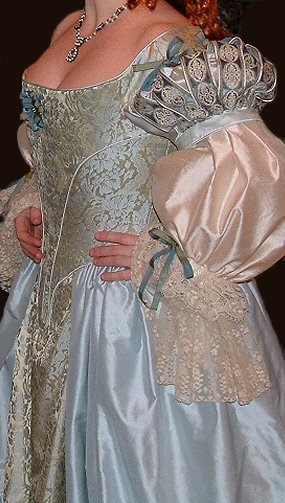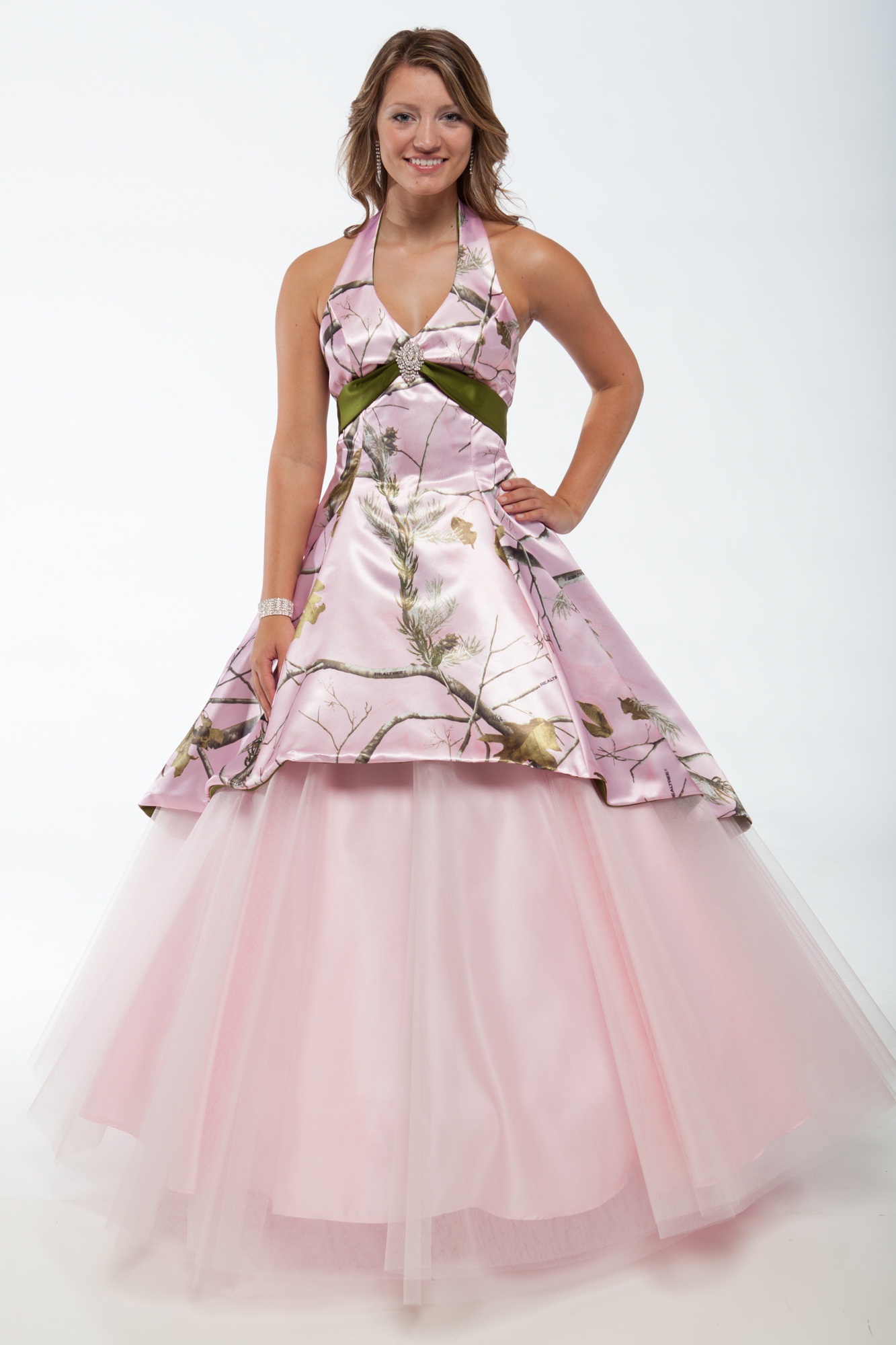Century 1600s golden xvii secolo
Table of Contents
Table of Contents
Wedding dresses have come a long way since the 17th century. From lace to satin, sleeves to strapless, each decade has brought its own unique style. But there’s something enchanting about the simplicity and elegance of 17th century wedding dresses. Let’s delve into the world of these historical gowns.
Pain Points of 17th Century Wedding Dresses
Without the luxuries of modern conveniences, creating a wedding dress in the 17th century was a complex and time-consuming affair. Fabrics were limited to what was available, and often dresses had to be re-purposed from previously worn garments. Money was also a factor, and only the wealthiest could afford intricate designs and embellishments.
The Target of 17th Century Wedding Dresses
Wedding dresses in the 17th century were a symbol of wealth and social status. The dresses were often worn for years to come, and it was not uncommon for women to pass them down through generations. Typically, the dresses were made of luxurious fabrics such as velvet, silk or satin, with intricate embroidery or lace.
Summary of Main Points
17th century wedding dresses were a symbol of wealth and success. With limited resources and money, creating an elaborate dress was a feat. Luxurious fabrics such as velvet, silk or satin were commonly used, with intricate embroidery or lace for those who could afford it. Despite their challenges, these dresses held sentimental value and often became family heirlooms.
17th Century Wedding Dresses: A Personal Experience
As a history enthusiast, I’ve always been captivated by the intricate details and craftsmanship of 17th century wedding dresses. One particular dress that stood out to me was the golden gown worn by Queen Charlotte of England during her wedding ceremony in 1761. The dress was heavily embroidered with silver thread and featured delicate floral patterns. It’s easy to see why this dress has become a symbol of the opulence of 17th century wedding dresses.
 The Evolution of 17th Century Wedding Dresses
The Evolution of 17th Century Wedding Dresses
Over the years, fashion trends have come and gone, but the elegance and simplicity of 17th century wedding dresses are timeless. The dresses have influenced modern fashion, with designers drawing inspiration from the styles of the past.
 ### The Significance of Embroidery in 17th Century Wedding Dresses
### The Significance of Embroidery in 17th Century Wedding Dresses
Embroidery was a popular trend in 17th century wedding dresses. It was a way to add intricate designs and patterns to a dress, and often told a story or symbolized something meaningful to the bride and groom. Embroidery added a personal touch to the dresses, making each one unique and special.
 #### The Role of Floral Patterns in 17th Century Wedding Dresses
#### The Role of Floral Patterns in 17th Century Wedding Dresses
Floral patterns were a popular theme in 17th century wedding dresses. The patterns represented new beginnings, fresh starts, and growth. The symbolism behind floral patterns made them a perfect choice for wedding dresses, as they echoed the same sentiment.
 Question and Answer
Question and Answer
Q: Were 17th century wedding dresses usually white?
A: No, white wedding dresses did not become popular until the 19th century. 17th century wedding dresses were often made in richer colors such as gold, red, or blue.
Q: Did brides wear veils with their dresses?
A: Yes, veils were commonly worn with 17th century wedding dresses. The veil represented modesty and purity, which were highly valued virtues during this time period.
Q: Were 17th century wedding dresses affordable for everyone?
A: No, 17th century wedding dresses were considered a luxury item and only the wealthiest could afford elaborate designs and fabrics. Most brides had to repurpose previously worn garments or create their own dresses from more affordable materials.
Q: Did bridesmaids wear matching dresses in the 17th century?
A: No, bridesmaids did not typically wear matching dresses in the 17th century. Instead, they wore dresses that complemented the bride’s dress and coordinated with the overall wedding theme.
Conclusion of 17th Century Wedding Dresses
17th century wedding dresses symbolized wealth, success, and social status. Creating these elaborate dresses was a complex and time-consuming process, with limited fabrics and resources. Despite these challenges, 17th century wedding dresses held sentimental value and often became family heirlooms for years to come. Their influence on modern fashion has only grown over time, and their elegance and simplicity remain timeless.
Gallery
The Gothic Body: 17th Century Wedding Dress

Photo Credit by: bing.com / century dress wedding gothic body looked
Alternative And Period Inspired Wedding Dresses

Photo Credit by: bing.com / dress blue wedding bridal restoration
17th Century Golden Dress, 1600s Gown | Golden Dress, Renaissance

Photo Credit by: bing.com / century 1600s golden xvii secolo
17th Century Wedding Dresses 2 | Dresses, 17th Century Wedding Dress

Photo Credit by: bing.com / wedding century 17th dresses choose board renaissance dress style
17th Century Wedding Dress | Medieval Wedding Dress, 17th Century

Photo Credit by: bing.com / 17th renaissance 13th kleidung rococo corsets historische jdbride 1034 syntax desserts33





